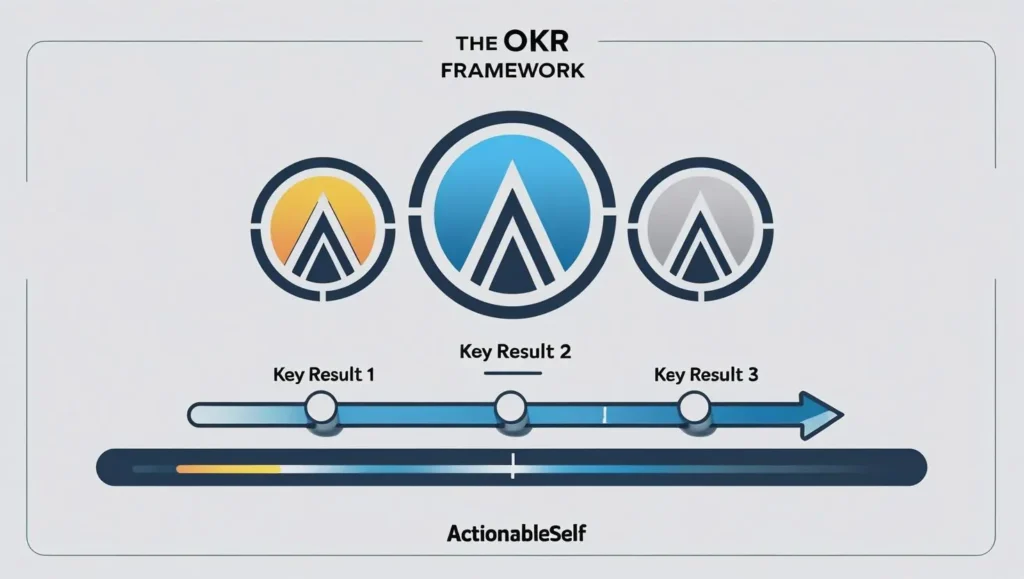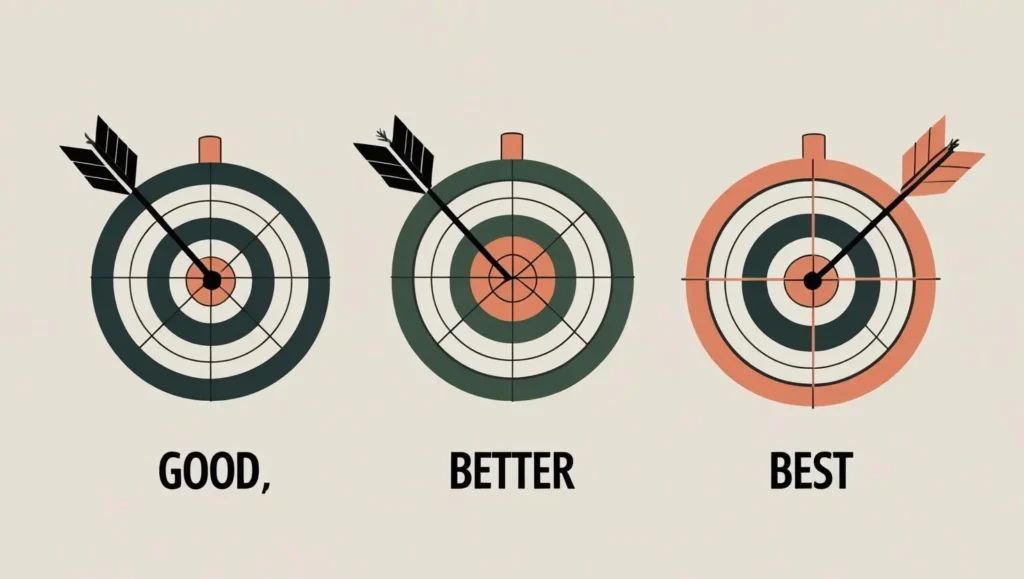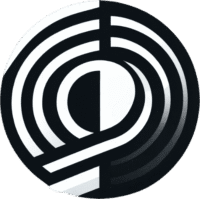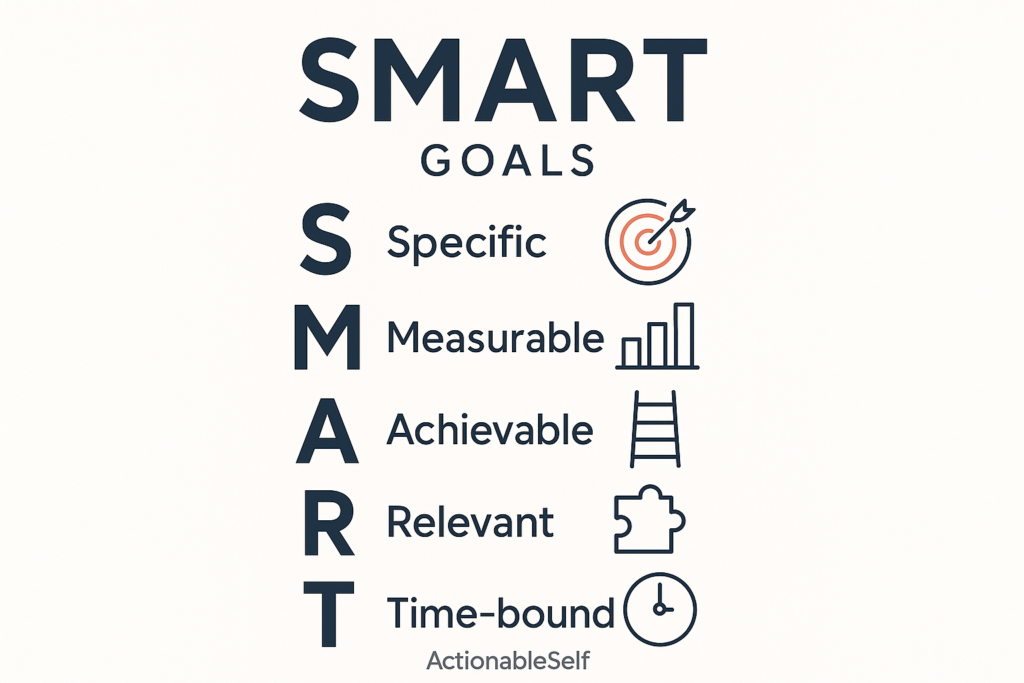The SMART goal framework is a phenomenal starting point for bringing clarity to your ambitions. It transforms vague wishes into concrete targets and provides a solid foundation for action. But what happens when you’ve mastered the basics and are ready for the next level?
To achieve extraordinary results, sometimes you need a more dynamic, specialized, or psychologically-attuned approach. The world’s top performers and most innovative companies don’t just stop at SMART; they employ a variety of frameworks tailored to specific types of ambitions.
This guide is for the high achiever ready to go beyond SMART. We will explore five advanced goal-setting strategies used by elite performers, from Google’s ambitious OKRs to the psychologically-driven HARD goals. This is your opportunity to upgrade your goal-setting toolkit and learn how to match the right strategy to the right ambition.
1. OKRs (Objectives and Key Results): For Ambitious Stretch Goals
Popularized by tech giants like Intel and Google, the OKR framework is designed for ambitious, often audacious, “stretch” goals. It’s a system that separates your inspirational, qualitative vision from the cold, hard, quantitative results that prove you’re making progress.

The framework is beautifully simple:
- Objective (The “What”): This is your destination. It should be a qualitative, ambitious, and inspiring statement that is memorable and motivating. It answers the question, “What do I want to accomplish?”
- Key Results (The “How”): These are your milestones. You should have 3-5 quantitative and measurable results that track your progress towards the Objective. They must be outcomes, not tasks. They answer the question, “How will I know I’m getting there?”
Example:
- Objective: Become a recognized expert in my niche within the content marketing industry.
- Key Results:
- Publish 4 guest posts on top-tier industry blogs with a Domain Authority over 70.
- Increase my professional LinkedIn followers from 500 to 2,000.
- Appear as a guest on 2 established marketing podcasts.
- Receive a 9/10 average feedback score on my next major client presentation.
Why It’s an Advanced Strategy:
OKRs are fundamentally different from traditional goal setting because they are designed to be uncomfortable. The goal is not to hit 100% on your Key Results. In the Google model, achieving 70-80% of your Key Results is considered a major success. This psychological framing encourages you to set the bar significantly higher than you normally would. It pushes you out of your comfort zone and forces you to think bigger, fostering innovation and breakthrough performance. It separates your daily tasks from your game-changing ambitions.
When to Use It: Use OKRs for your most important quarterly or annual goals, especially when the path isn’t perfectly clear and you want to inspire massive action rather than just incremental improvement.
2. The HARD Goals Framework: For Emotionally-Charged Ambitions
The HARD goals framework, a concept from leadership expert Mark Murphy, is a direct antidote to the potential downside of the “Achievable” component in SMART goals, which can sometimes lead to setting the bar too low to avoid failure. HARD goals are designed to tap into your intrinsic motivation and emotional drive.

- H – Heartfelt: The goal must have a deep, personal, and emotional connection to you. It has to be something you truly want, not something you think you should want. This taps into your “why” and provides the emotional fuel to persevere through difficulty.
- A – Animated: You must be able to visualize achieving the goal with vivid, multi-sensory detail. What does success look like, sound like, and feel like? This process of visualization activates your brain’s Reticular Activating System (RAS), programming it to notice opportunities that will help you succeed.
- R – Required: The goal must feel urgent and necessary. You need to create a compelling reason why this goal must be achieved now. This could be an external deadline or an internal sense of urgency to solve a pressing problem or seize a fleeting opportunity.
- D – Difficult: The goal must force you to learn new skills and step far outside your comfort zone. The difficulty is the point. It’s in overcoming the challenge that growth occurs. A difficult goal forces you to become a different, more capable person in the process of achieving it.
Example:
- SMART Goal: “I will get a promotion to Senior Manager by the end of the year.”
- HARD Goal:
- Heartfelt: “I want to become a Senior Manager because I am passionate about mentoring my team and leading them to create work that truly makes an impact. It’s about building something meaningful together.”
- Animated: “I can see myself leading the team meeting, confidently presenting our successful project results, and feeling the pride and respect of my colleagues.”
- Required: “I need to achieve this promotion within a year to stay on track with my long-term career vision and to provide better opportunities for my family.”
- Difficult: “To get there, I will have to master financial forecasting and improve my conflict resolution skills, which are both significant challenges for me.”
When to Use It: Use the HARD framework when you’re setting a deeply personal, life-changing goal where emotional buy-in and intrinsic motivation are more important than just the technical specifics.
3. Tiered Goals (The 3-Tier System): For Building Resilience
This strategy is a powerful tool for perfectionists and anyone who struggles with the “all-or-nothing” mindset that can lead to demotivation after a small setback. It builds resilience directly into your goal-setting process by creating three levels of success for a single objective.

The system is simple: for any given goal, you define three outcomes.
- Tier 1 (The “Good” or Minimum Outcome): This is your baseline, the minimum acceptable result that you are highly confident you can achieve. Hitting this target is still a win.
- Tier 2 (The “Better” or Target Outcome): This is your realistic, primary goal—the equivalent of your main SMART goal. This is what you are aiming for.
- Tier 3 (The “Best” or Stretch Outcome): This is your ambitious, “shoot for the moon” objective. Hitting this would be an extraordinary success.
Example: A Financial Goal
- Tier 1 (Good): “Save $3,000 for my emergency fund this year.”
- Tier 2 (Better): “Save $5,000 for my emergency fund this year.”
- Tier 3 (Best): “Save $7,500 for my emergency fund this year.”
Why It’s an Advanced Strategy:
This framework fundamentally redefines your relationship with success and failure. With a traditional, single-target goal, saving $4,800 would feel like a failure because you missed the $5,000 target. With a tiered system, saving $4,800 is a fantastic success because you blew past your Tier 1 goal and came incredibly close to your Tier 2 target. This psychological reframing keeps motivation high, encourages you to aim high (Tier 3) without the fear of total failure, and builds momentum through consistent “wins.”
When to Use It: Use tiered goals for any objective where progress is incremental and external factors can influence the final outcome, such as financial goals, fitness goals, or sales targets.
4. Backward Goals (Reverse Engineering): For Complex Projects
Instead of starting with the first step, this powerful planning technique starts with the final destination and works backward to the present. It’s a favorite of project managers and strategists because it provides unparalleled clarity on the critical path to success for complex, long-term goals.

The process is a series of “what needs to happen right before that?” questions.
- Step 1: Define the Final, Successful Outcome: Be incredibly specific. Example: “My non-fiction book is published and available for sale on Amazon on December 1st.”
- Step 2: Identify the Final Milestone: What is the very last major step that must happen before the final outcome? Example: “The final, formatted manuscript is uploaded to the publishing platform by November 15th.”
- Step 3: Identify the Previous Milestone: What needs to happen right before that? Example: “The manuscript is back from the professional proofreader by November 1st.”
- Step 4: Continue Working Backward: Keep asking the question until you arrive at the very first, immediate action you need to take. Example: “…which means the first draft must be finished by August 1st… which means I need to have the outline completed by March 1st… which means the first action I need to take today is to brainstorm the chapter topics.”
Why It’s an Advanced Strategy:
Working backward forces you to identify every critical dependency and milestone. It prevents the common problem of starting a project with enthusiasm but without a clear map, only to get lost in the middle. It transforms a daunting, multi-year goal into a logical sequence of achievable steps, giving you a clear action plan from day one.
When to Use It: This is the ideal strategy for large, complex projects with multiple moving parts, such as writing a book, launching a business, planning a major event, or completing a dissertation.
No matter which advanced strategy you use, the principles of our Complete Guide to Setting and Achieving Personal Goals still apply.
5. System Goals vs. Outcome Goals: For Building Lasting Habits
This is a profound mindset shift popularized by James Clear in his book “Atomic Habits.” It suggests that for many areas of life, you should de-emphasize the outcome you want to achieve and instead fall in love with the process or system that will inevitably lead to that outcome.

- Outcome Goal: This is the result you want. It’s a one-time event. Examples: “Lose 10kg,” “Publish a book,” “Run a marathon.”
- System Goal: This is the process you control and the habit you perform regularly. Examples: “Eat a protein-rich breakfast every morning,” “Write 500 words every day,” “Run 3 times a week, never missing a session.”
The problem with being purely outcome-focused is that you are in a constant state of “failure” until you reach the goal. A marathon runner is “failing” for the entire 4 months of training, only succeeding for the few hours of the race.
Why It’s an Advanced Strategy:
By focusing on the system, you achieve a “win” every single day you execute your process. You are not a “wannabe writer”; you are a writer because you write every day. You are not “trying to get fit”; you are an athletic person because you never miss a workout. This shifts your identity and makes your success a natural consequence of your daily habits, rather than a distant, stressful event. You focus on what you can control (your actions) instead of what you can’t always control (the results).
When to Use It: This is the most effective strategy for long-term, habit-based ambitions, such as improving health and fitness, becoming a writer or creator, learning an instrument, or building a business.
Choosing the Right Framework for You
The SMART framework is your foundational tool, but it’s not the only one in the toolkit. As you grow, your goals will become more ambitious and complex. The master of goal setting doesn’t use just one tool; they use the right tool for the job.
- For your audacious, game-changing ambitions, use OKRs.
- For your deeply personal, life-defining quests, use HARD Goals.
- For building momentum and resilience, use Tiered Goals.
- For your complex, long-term projects, use Backward Goals.
- For building lasting habits and a new identity, focus on System Goals.
Experiment with these frameworks. Combine them. Build a goal-setting system that is as unique, dynamic, and powerful as you are.
Which of these advanced strategies are you most excited to try? Let us know in the comments!


